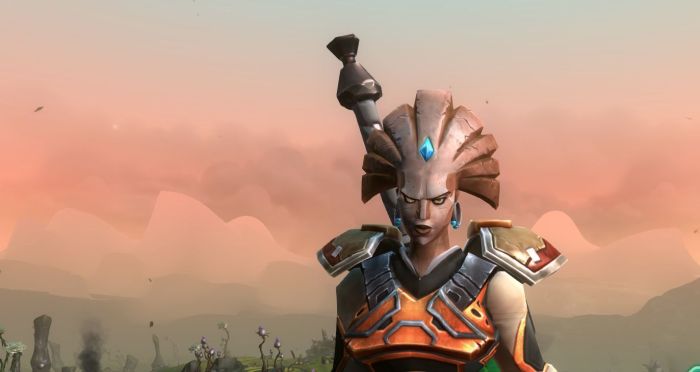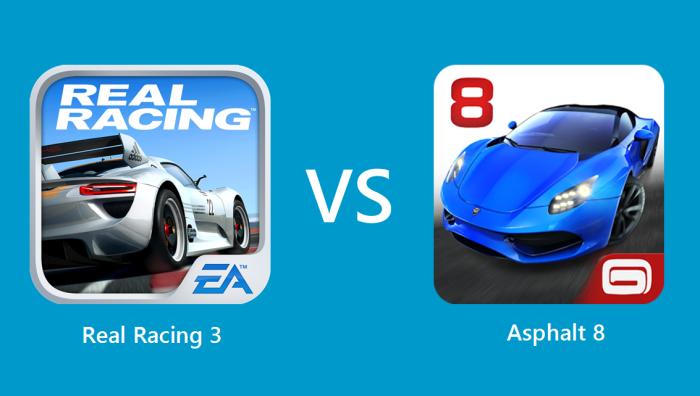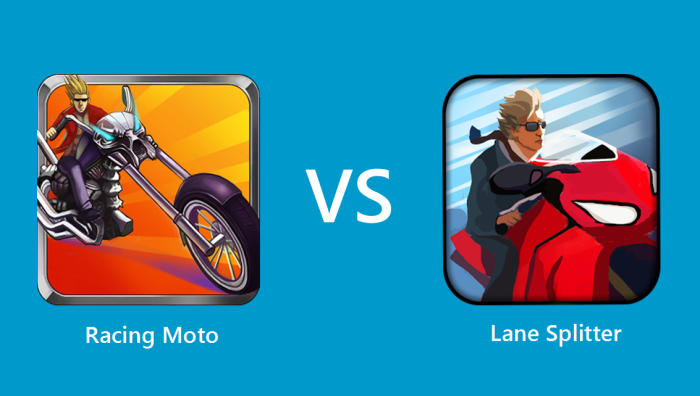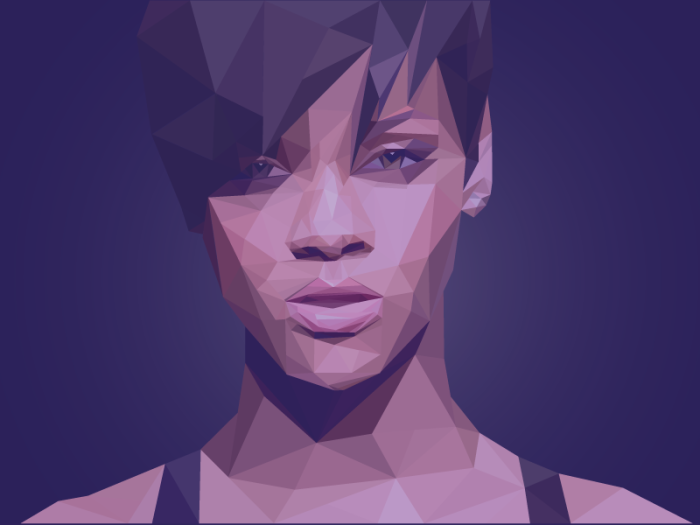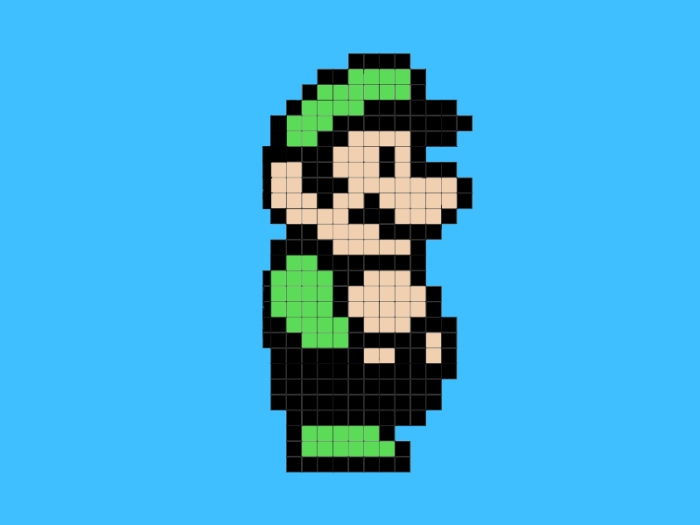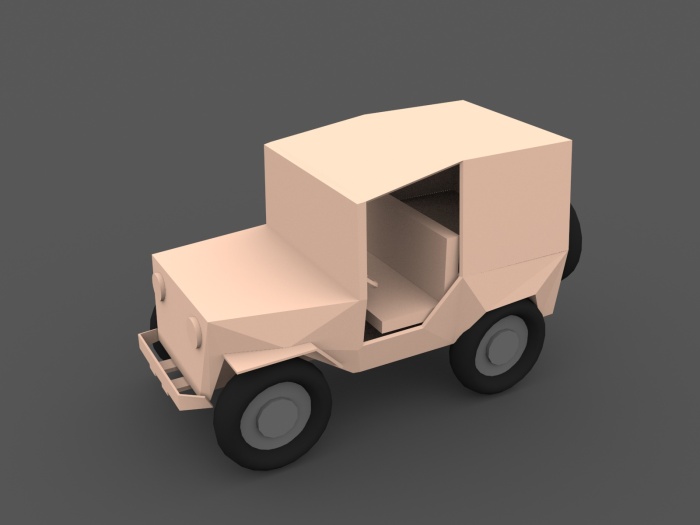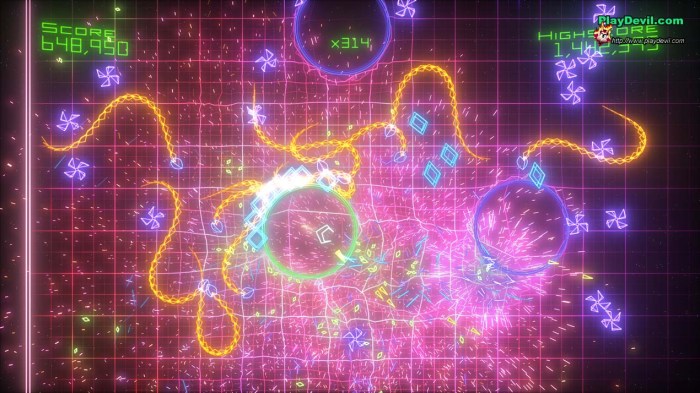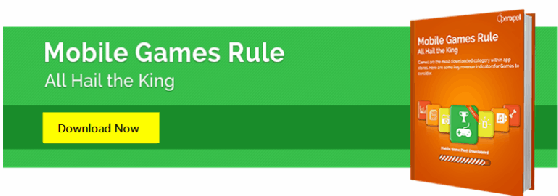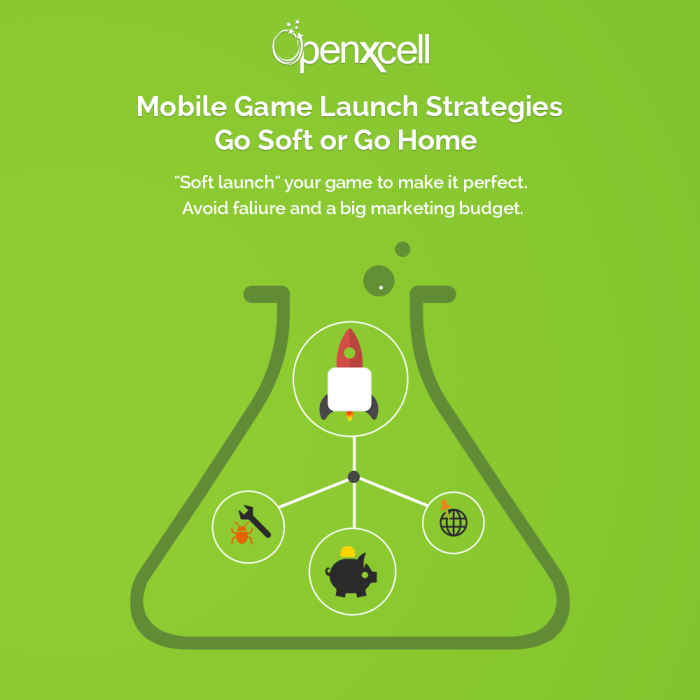Animations are the key ingredients of any game. The simple, but quite complex definition of animation is: the process of creating continuous motions in the game character and changing illusions of a game to make the users believe that they are playing in a real world. Animations cover almost all visual effects of game including characters, objects, visual theme, cinematic, etc.
A game is compared with a real life world just because of animations. They are the animations which maintain the belief of users with the game, its characters and objects. But, you know what!? Animations not only delight users, they create engagement and retention. If done right, animations that are properly synced with the game style, provides a characteristic feel for the game that connects to its visual identity permanently.
Game style!!! Yes, Game style. The style of game or as per your point of view; game style is a mixture of mind blowing characters, eye-candy environment, impressive character motions, challenging game situations, etc.
Now, let’s elaborate the coherence of Game Style and Animations via some beautiful as well as popular mobile game illustrations.
Subway Surfer v/s Temple Run
Temple Run comes with natural looking visuals giving you a feel of Indiana Jones while Subway Surfer possesses cartoonish and cheerful visuals that fill you with joviality. Temple Run characters have a serious look whereas characters in Subway Surfer are cuter enough to win your heart.
Subway Surfer and Temple Run both have a same concept like endless running and passing through obstacles, but Subway Surfer is more popular than Temple Run. The reason is game style and animations of Subway Surfer are more inspiring than Temple Run.
Real Racing 3 v/s Asphalt 8
No doubt, Real racing 3 is good at everything including its presentations, graphics, different city levels, numerous cars together on your small screen, and the most important: sharp looking car models. But game style of Asphalt 8 is something that throws realism on your small screen device. Dazzling particle effects, destructible environments, and lens glare all are assembled in Asphalt 8 to create a master art style.
Racing Moto v/s Lane Splitter
Racing moto is a simple 2d like, but a 3d-ish game. The only animation within Real racing is: the bike is trying to pass on the traffic full of cars and reach the goal. Lane Splitter includes much more than Racing Moto. Its graphics are 2d, but animations are truly inspiring and challenging. In Lane Splitter, the lanes are changing along with flashing lights aside. Also, the traffic is interesting as it includes cars and big trucks as well to stick your bike on the way.
All the games are money guzzlers. But some of them are still walking on the way of success, while some are fighting to win the battle. The winning games are known for their realism, animations and game style which are probably absent in other games.
